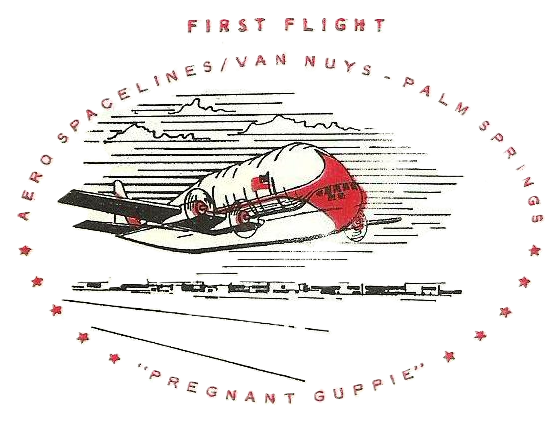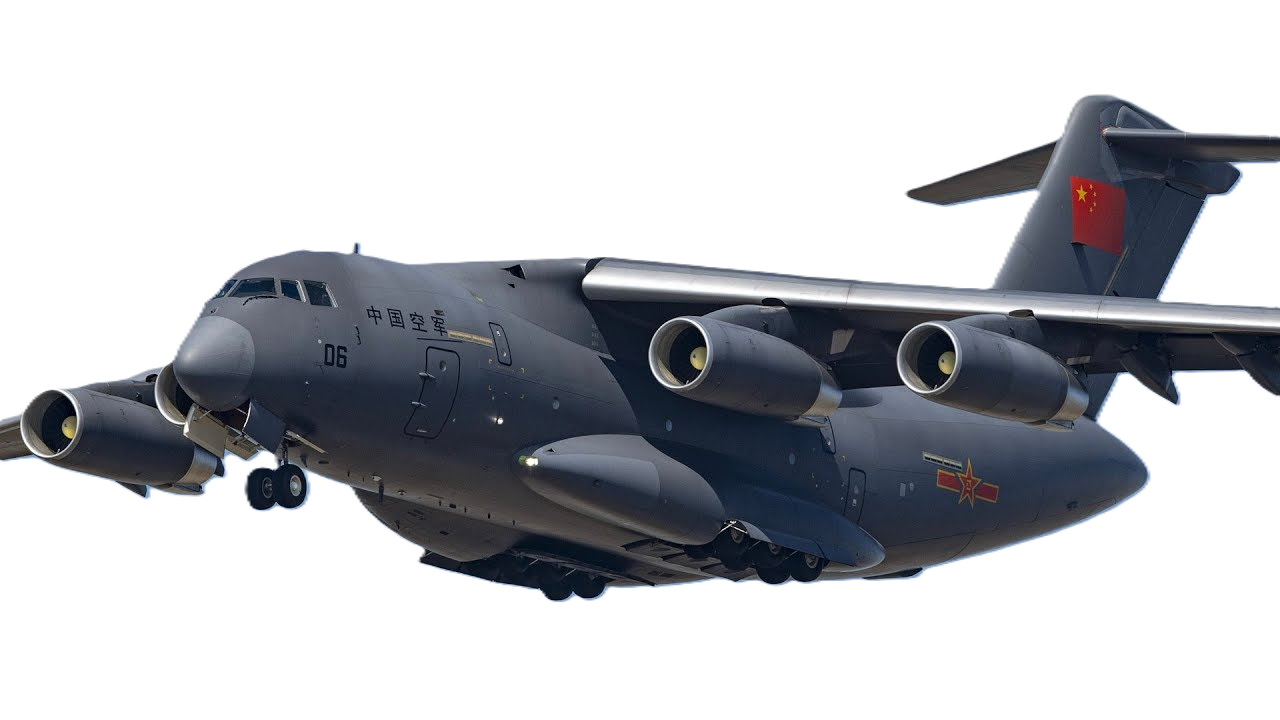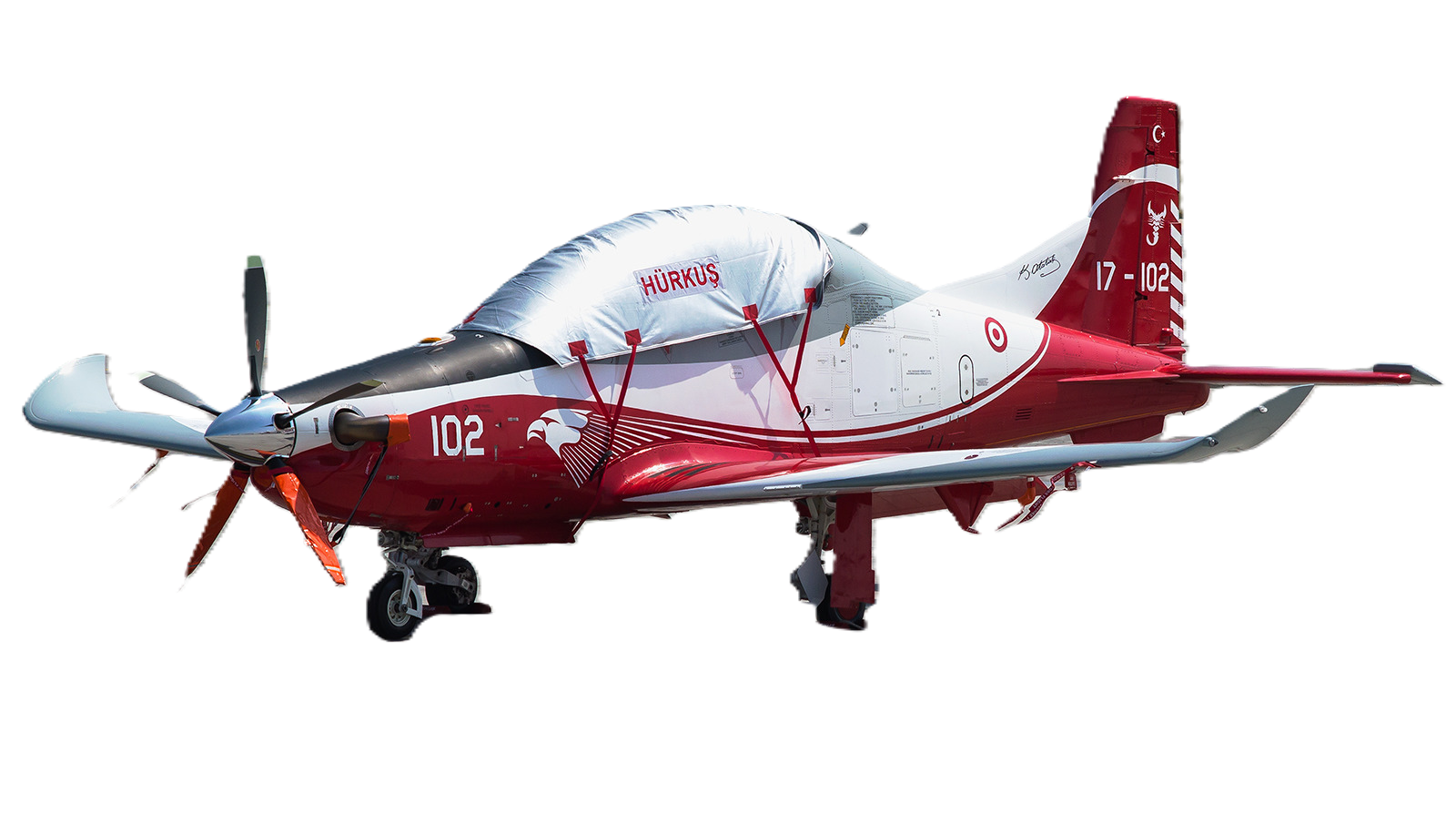Saab 29 Tunnan
"The Flying Barrel",
 |
|
| General information | |
|---|---|
| Type | Fighter |
| National origin | Sweden |
| Manufacturer | Saab AB |
| Primary users | Swedish Air Force /. Austrian Air Force |
| Number built | 661 |
| History | |
| Manufactured | 1948–1956 |
| Introduction date | 1951 |
| First flight | 1 September 1948 |
| Retired | 1976 |
.
History Saab AB (originally Svenska Aeroplan Aktiebolaget
Saab 29 Tunnan "The Flying Barrel", Manufactured 1948–1956

The Saab 29 Tunnan (The Barrel), colloquially also Flygande Tunnan (The Flying Barrel), is an early jet-powered fighter aircraft designed and produced by the Swedish aircraft manufacturer Saab. It was the second turbojet-powered combat aircraft to be developed in Sweden, the first being the Saab 21R, and it was the first Western European fighter to be produced with a swept wing after the Second World War, only being preceded in Western Europe as a whole by the Messerschmitt Me 262 built during the conflict
Design

The Saab 29 Tunnan was the first Swedish aircraft to be specifically designed to use jet propulsion. Sweden's first jet fighter, the Saab 21R, had been modified from the piston-engined Saab 21. It is a small, chubby aircraft with a single round air intake in the nose, with the pilot under a bubble canopy directly above the air intake duct on the upper-forward section of the fuselage. It has a very thin mid-mounted moderately swept two-spar wing which is a single structure attached to the fuselage by four bolts. The undercarriage is hydraulically operated, and was designed to be suitable for use from rough airstrips. To improve pilot survivability, the Tunnan used an ejection seat Saab developed in 1943, with an explosive jettisoning system for the canopy
Operational history
Sweden
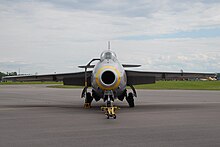
The J 29 was fast and agile, and set the world speed record on a 500 km (310 mi) closed circuit in 1954 at 977 km/h (607.05 mph). Two S 29C (reconnaissance variant) additionally set an international speed record of 900.6 km/h (559.4 mph) over a 1,000 km (620 mi) closed-circuit course in 1955
0
KmCeiling
0
KmCombat RANGE
0
MachAircraft Speed
0
Max Crew
Photo Gallery
Saab AB originally Svenska Aeroplan Aktiebolaget
Saab 29 Tunnan "The Flying Barrel", Manufactured 1948–1956


Saab AB Svenska Aeroplan Aktiebolaget
Saab 29 Tunnan "The Flying Barrel", build 1948–1956
General Info
-
-
- Crew: 1
- Length: 10.23 m (33 ft 7 in)
- Wingspan: 11 m (36 ft 1 in)
- Height: 3.75 m (12 ft 4 in)
- Wing area: 24.15 m2 (259.9 sq ft)
-
Powerplant
-
-
- Empty weight: 4,845 kg
- Max takeoff weight: 8,375 kg
- Powerplant: 1 × Svenska Flygmotor RM2B centrifugal-flow turbojet engine with afterburning 6,200 lbf (27.58 kN) wet at 10,250 rpm; 4,750 lbf (21.1 kN) dry at 10,250 rpm.
-
Performance
- Maximum speed: 1,060 km/h
- Range: 1,100 km
- Service ceiling: 15,500 m
- Rate of climb: 32.1 m/s ft/min)
Armament
-
- Guns:
-
- 4 x 20 mm (0.79 in) akan m/47C (license produced Hispano Mark V) autocannon with 180 rounds per gun
- Hardpoints:
-
- 8 inner hardpoints for rocket/missile pylons; inner hardpoint only capable of carrying one smaller rocket due to the landing gear[
-
.
Links to Youtube & Others
The only aircraft lost was by a high-ranking officer who crashed during an aborted takeoff for a test flight. When ONUC ended in 1964, some of the Swedish aircraft were deliberately destroyed at their base, as they were no longer needed in Sweden, having been superseded by later variants, and the cost of returning them wasn't justified
Saab 29 Tunnan
"The Flying Barrel"
The J 29 was fast and agile, and set the world speed record on a 500 km (310 mi) closed circuit in 1954
Youtube Link
On 3 April 2008, the first Saab 2000 Erieye AEW&C was rolled out and presented to Pakistan Air Force officials during a ceremony in Sweden.









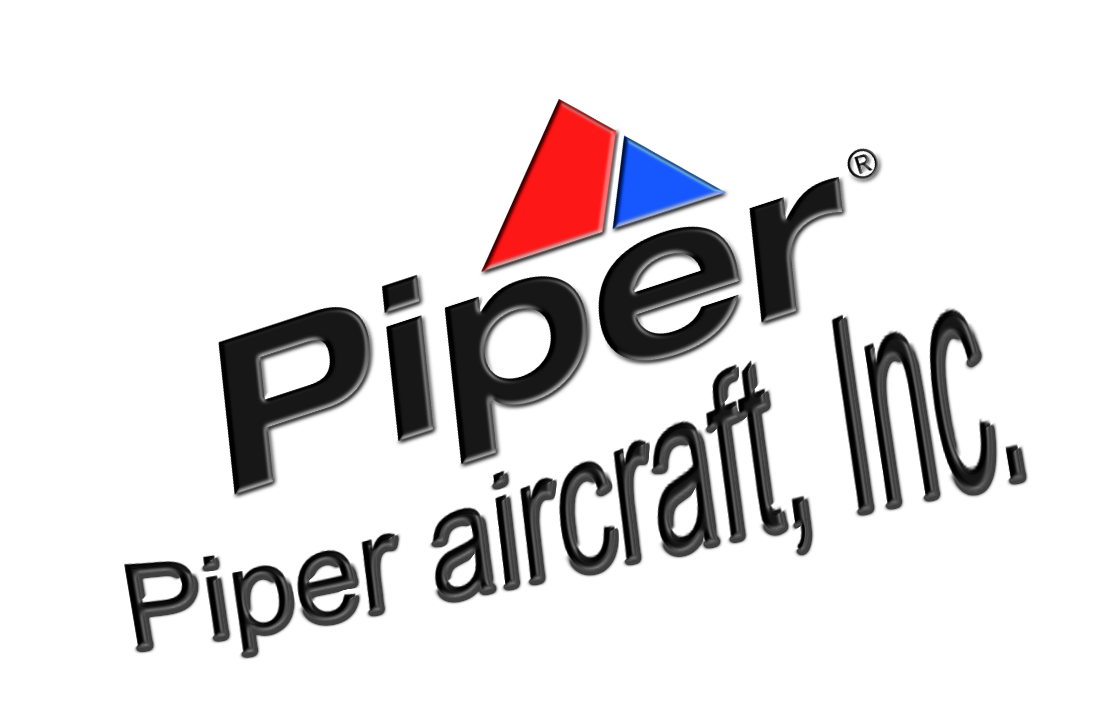
.png)
